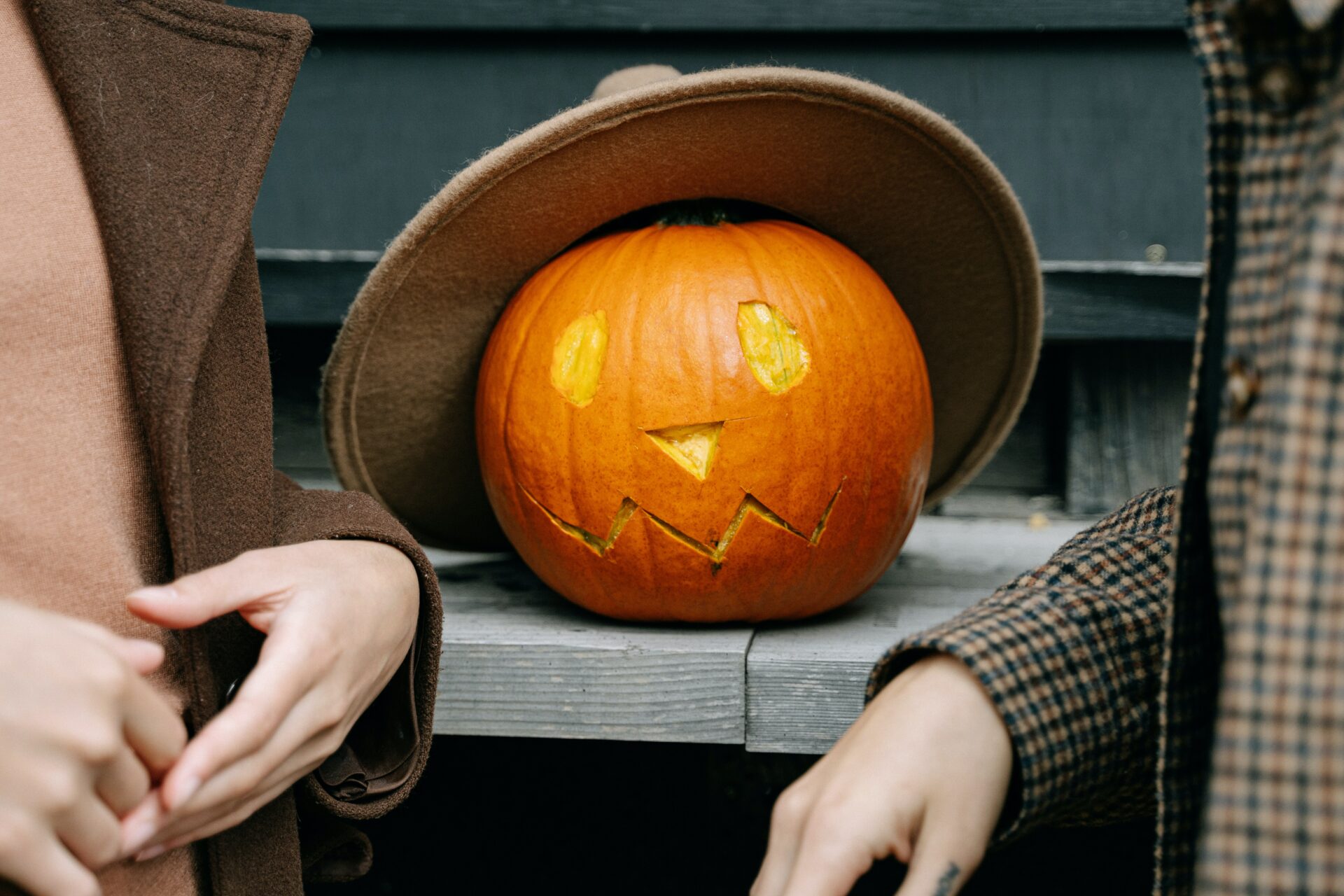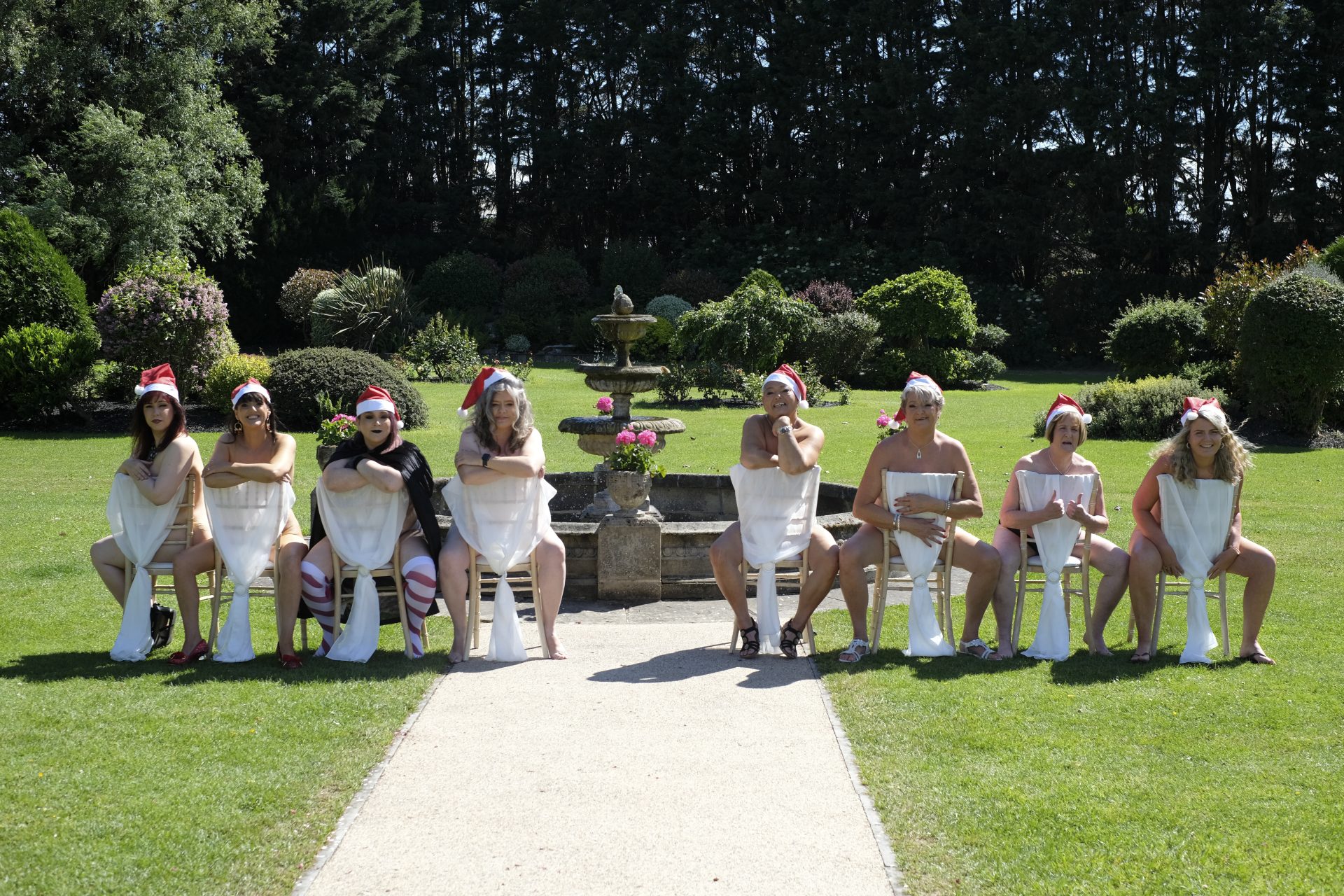How to have an inclusive Halloween

Whether you’re putting out the spooky decorations or staying cosy indoors, there’s lots of fun to be had this Halloween – but it can be a challenging time for people living with deafblindness or other disabilities. Here are our top tips to keep the fun inclusive and mindful of everyone’s needs.
Our 5 top tips for trick-or-treaters
Enjoy Halloween safely with our top tips for kids and parents. You can also use these tips as a way of teaching children about disability and thinking about the impact of sight and hearing loss on people’s lives.
- Only visit houses where you can see pumpkins or other Halloween decorations displayed, because they mean that the people inside are taking part in the celebrations.
- When you’ve found a house to visit, only knock or ring the doorbell once. If there is a knocker, it’s best to do one firm knock – people who have a hearing loss might not hear a gentle tap. Don’t tap on the windows as this could be frightening for anyone inside. Remember that someone may be at home choosing not to answer, and they may be distressed by repeated knocking. If nobody answers, leave quietly, and look for a decorated house to visit instead.
- Remember that some people might take longer to come to the door than others. For example, if you have elderly neighbours, they may have mobility issues that mean they need longer to come to the door – even if they love Halloween as much as you do! Give people time to move without feeling rushed or stressed.
- Be sure to close any gates behind you and take care not to drop any litter from your treats. Nobody wants to have to tidy up after others, and it can be especially difficult for a person who is deafblind. For example, some people who are deafblind have reduced peripheral (side) vision, which makes it harder to see things that are to the side or on the ground. For someone with this condition, it might be harder to see wrappers left in the garden and pick them up.
- What will you do if someone says “trick” rather than “treat”? Plan a “trick” that isn’t going to scare a potentially vulnerable person – we all have different ideas of what’s scary! You could get the cutest member of your group to pull a gruesome face or ask them a Halloween riddle.
And finally, remember not to continue your trick or treating too late into the evening. Knocking on doors late at night can disturb people who go to bed early and unexpected callers can be very intimidating.
Let’s keep in touch!
Join our mailing list and we will keep you up to date about our projects and opportunities to get involved with Deafblind UK.
More Articles

Bridging the Employment Gap for People with Deafblindness
Together, we can help close the employment gap and ensure that people with dual sensory loss have every opportunity to...

Meet the creator behind the new Blind Naked Calendar!
Megan from our fundraising team chatted with Blind Naked Calendar creator, Josephine, to find out about her life as someone…

London Marathon 2025 – meet our runners!
The countdown is on! The TCS London Marathon 2025 is fast approaching, and our incredible #TeamDeafblindUK runners are lacing up…
